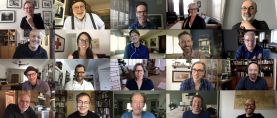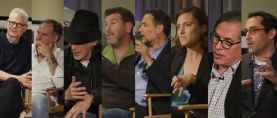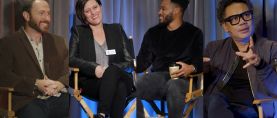
ASC Breakfast Club 2012 Video Collection
In-depth live interviews at the ASC clubhouse with ASC members Richard Edlund, Karl Walter Lindenlaub, Claudio Miranda, Phedon Papamichael, and John Schwartzman followed by a question-and-answer session with the audience.
These videos are exclusive to Friends of the ASC.
In front of a live audience, ASC members share their inspirations and experiences while analyzing scenes from their own work and offering an informative look at their decision-making process and collaborative spirit. The interview, conducted by American Cinematographer associate editor Jon Witmer, is followed by a question-and-answer session with the audience.
Breakfast Club participants of 2012 in order of appearance: Phedon Papamichael, ASC; Karl Walter Lindenlaub, ASC, BVK; John Schwarztman, ASC; Richard Edlund, ASC; Claudio Miranda, ASC.
Previous Collections
2020 | 2019 | 2018 | 2017 | 2016 | 2015 | 2014 | 2013 | 2012 | 2011
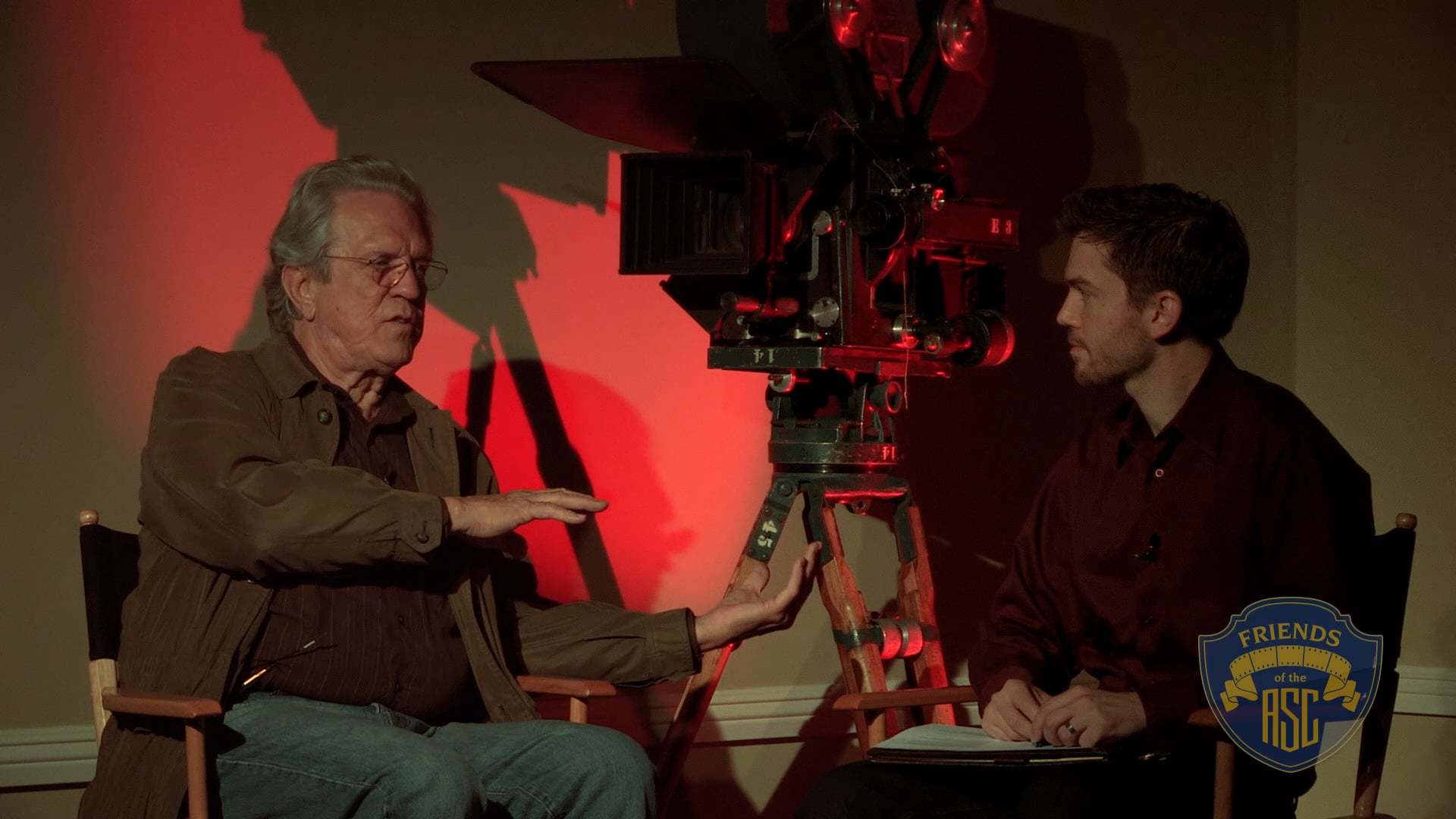
Edlund talks about the politics of filmmaking, working with different directors and the importance of knowing how to spend money wisely, reveals how his interest in photojournalism grew into a passion for movie making while he was in the Navy, shares stories from his hippie days, and explains how he got involved with the production of Star Wars.
He details the creation of cloud-tank effects, reminisces about building Boss Film Studios while making Ghostbusters, how he and his collaborators put four Michael Keatons in the same frame, discusses the bane of matte lines in optical compositing and the relief that came with the digital revolution in visual effects, opens up about replacing the production’s first visual-effects supervisor, details some of the fixes he had to perform, and explains why Multiplicity would not have been possible without digital compositing, and compares his time at Boss Film with working as a freelance visual-effects supervisor, before taking questions from the audience.
Richard Edlund, ASC has won Oscars for his work on Star Wars, The Empire Strikes Back, Raiders of the Lost Ark and Return of the Jedi, and he’s been nominated six more times, in addition to receiving three Academy Scientific and Engineering Awards, an Emmy Award, two BAFTA Awards and, in 2008, the ASC Presidents Award. An early interest in still photography transitioned into cinematography while he was in the Navy, and after his service, he began working with veteran effects cinematographer Joseph Westheimer, ASC. After a successful run with Industrial Light & Magic, Edlund founded Boss Film; over its 14 years of operation, the company earned 10 Academy Award nominations. Edlund has contributed to the visual effects of such wide-ranging projects as Poltergeist and Poltergeist II, Big Trouble in Little China, Die Hard, Ghost, Alien 3, Air Force One, Charlie Wilson’s War and21 Jump Street. He also invented the Pignose amplifier.
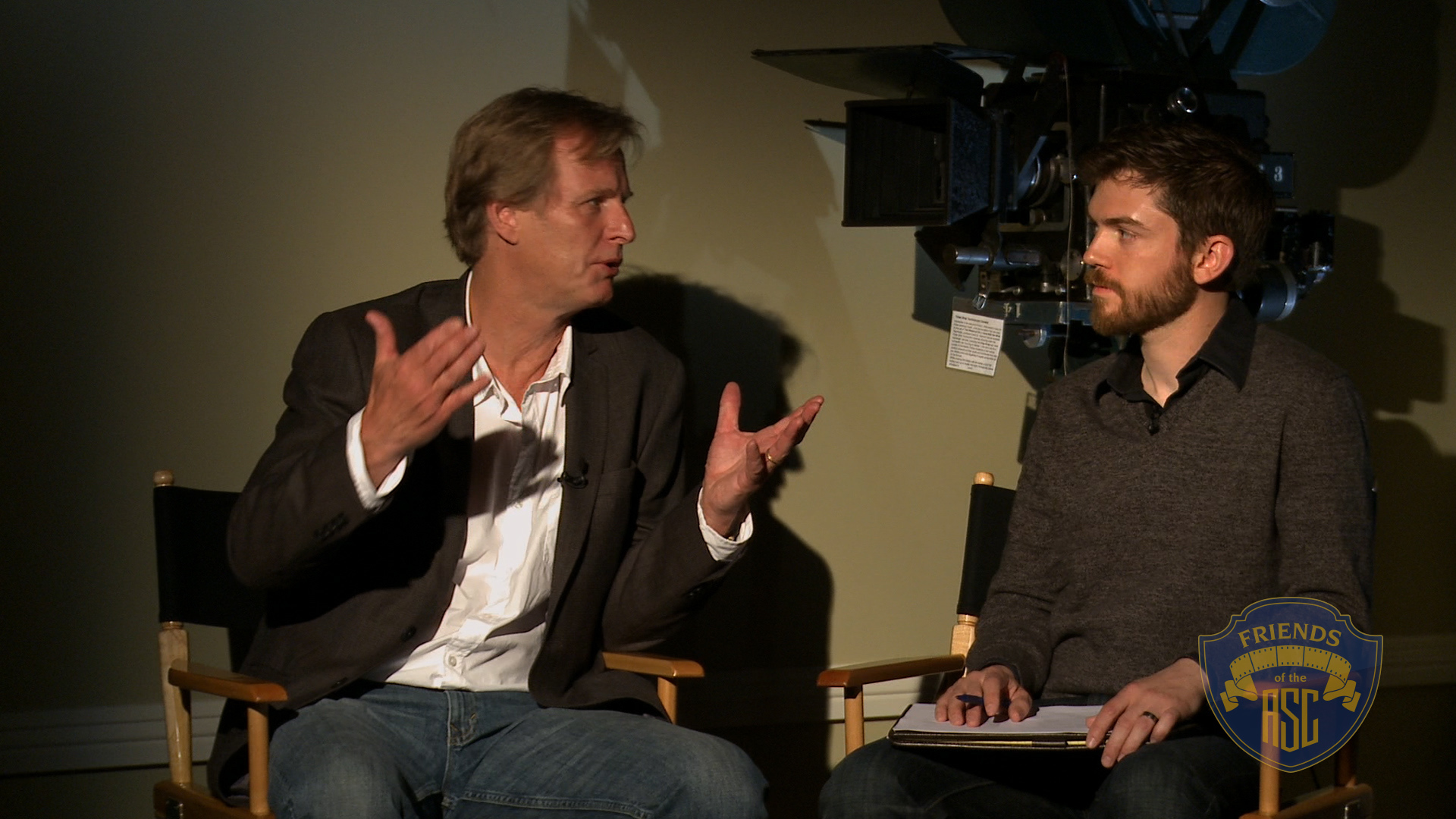
Lindenlaub recounts how his interest in journalism segued into an interest in documentary filmmaking, and how he parlayed his film-school education into his first professional jobs. He explains how he came aboard Dolphin Tale, shooting in 3-D for the first time, and creating different looks inside of the aquarium set and lighting day exteriors.
He shares behind-the-scenes photos from The Chronicles of Narnia: Prince Caspian to explain how he establishes his lighting on a constructed set, creates interactive lighting for visual effects and incorporates previs into the actual photography. Lindenlaub also discusses the importance of visual references, working with windows on location and supplementing or creating “daylight” with fixtures before taking questions from the audience.
Born in Bremen, Germany, Karl Walter Lindenlaub, ASC, BVK graduated from the Munich Film and Television School and then received a scholarship to the National Film and Television School in England. After establishing himself as a cinematographer in Germany, Lindenlaub came to Hollywood to shoot the feature Universal Soldier. His other credits include Rob Roy, Independence Day, The Haunting, The Chronicles of Narnia: Prince Caspian and Dolphin Tale.
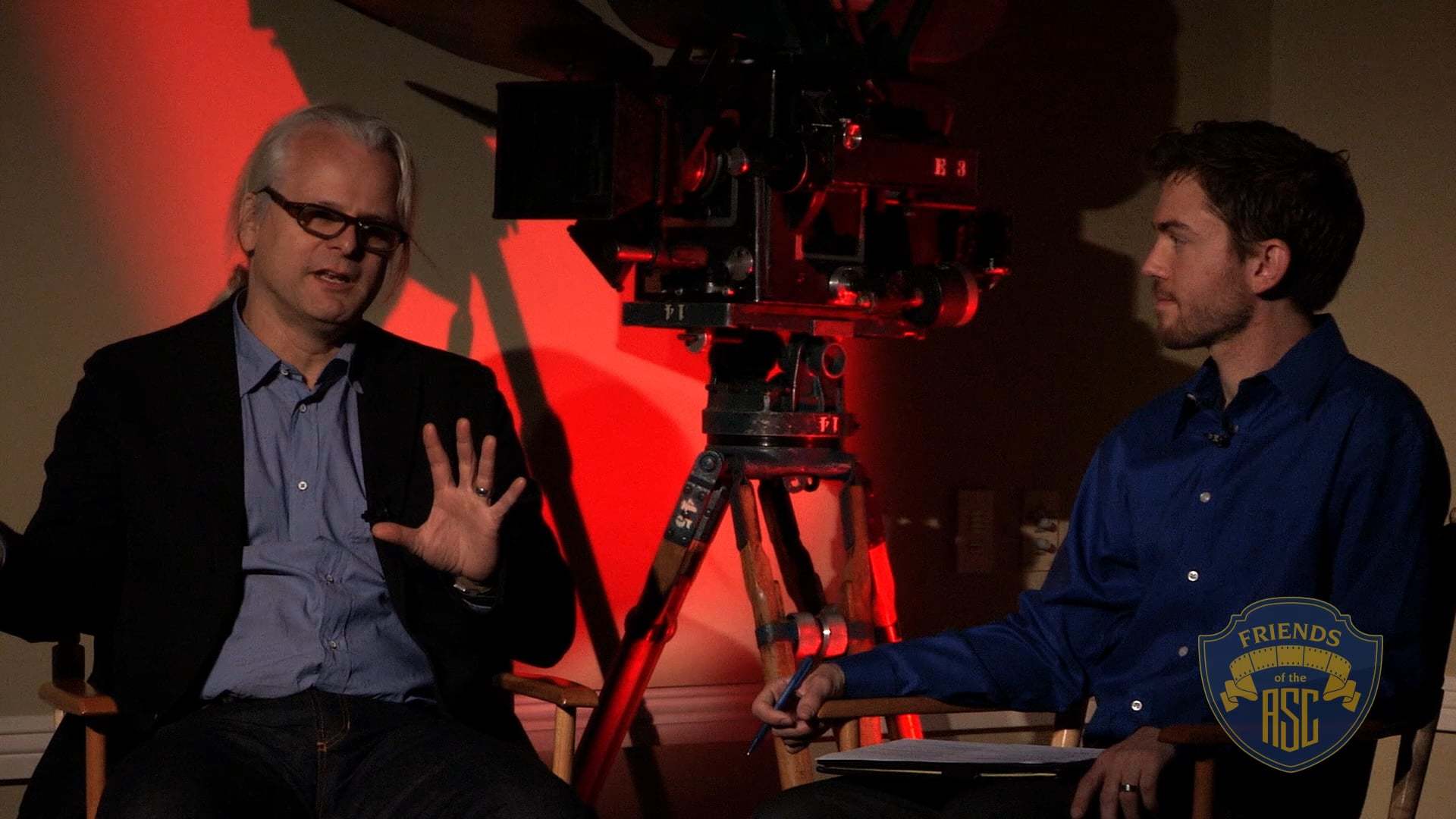
Miranda retraces his climb through the ranks and stresses the importance of preparation, preproduction testing and maintaining an open mind, before he reveals the philosophy behind his and director Ang Lee’s choices on Life of Pi, and explains the technology necessary to realize those choices while shooting.
He talks about working at low light levels and other ways of breaking the “rules” of shooting 3-D, not letting visual-effects work negatively impact his lighting on set, and details his approach to creating “exteriors” on a stage, enthuses over working with practical lighting fixtures, and stresses the importance of cinematographers taking ownership of the image.
Claudio Miranda, ASC worked for director David Fincher as a stage manager, electrician and best boy before gaffing The Game and Fight Club. He also served as chief lighting technician on such features as Crimson Tide, The Fan, Enemy of the State and The Crow. After honing his lighting skills as a gaffer, Miranda began garnering Best Cinematography awards for his commercial and music-video work. He won AICP and Clio awards for the Pocari “Tennis” spot in 2002, a Clio for Xelebri in 2004, an AICP for Heineken in 2005, as well as an MVPA for a Beyoncé music video in 2004. The 2005 Sundance Film Festival hit A Thousand Roads, directed by Chris Eyre, was Miranda’s first feature cinematography credit. He has since received ASC Award nominations for his work on the features The Curious Case of Benjamin Button and Life of Pi, and he won the Oscar for his work on the latter film.
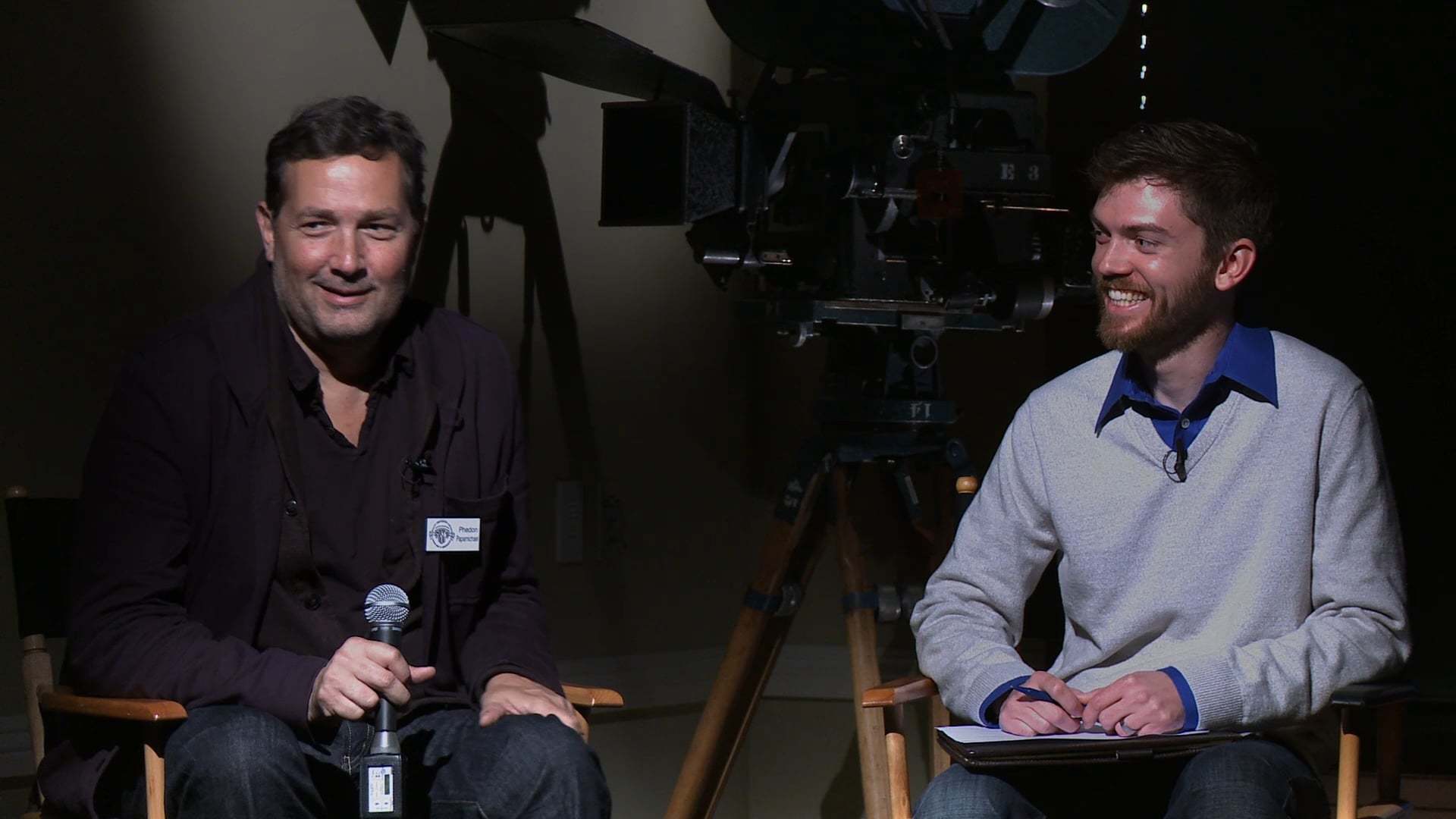
Papamichael discusses shooting Super 8mm films and still photos, his first professional experiences in the film industry, collaborating with director Wim Wenders, making front light work and the importance of preplanning when shooting in available light at dusk, working with director James Mangold, filming in Super 35mm, creating the sense of being onstage and responding to an improvisational actor. He talks about crafting a day-interior ambience and the challenges of shooting on location in New Mexico during the winter, director/actor George Clooney’s working methods, framing in the 2.40:1 aspect ratio, shooting the film on location, and working with and without storyboards.
Born in Athens, Greece, Phedon Papamichael, ASC started his career as a still photographer for magazines. He moved to New York, where he shot short films for friends, and then relocated to Los Angeles, where he found work shooting medical videos and student thesis films. His credits include the miniseries Wild Palms and the features Unstrung Heroes, Phenomenon, The Million Dollar Hotel, Walk the Line, Knight and Day, The Ides of March and The Descendants.
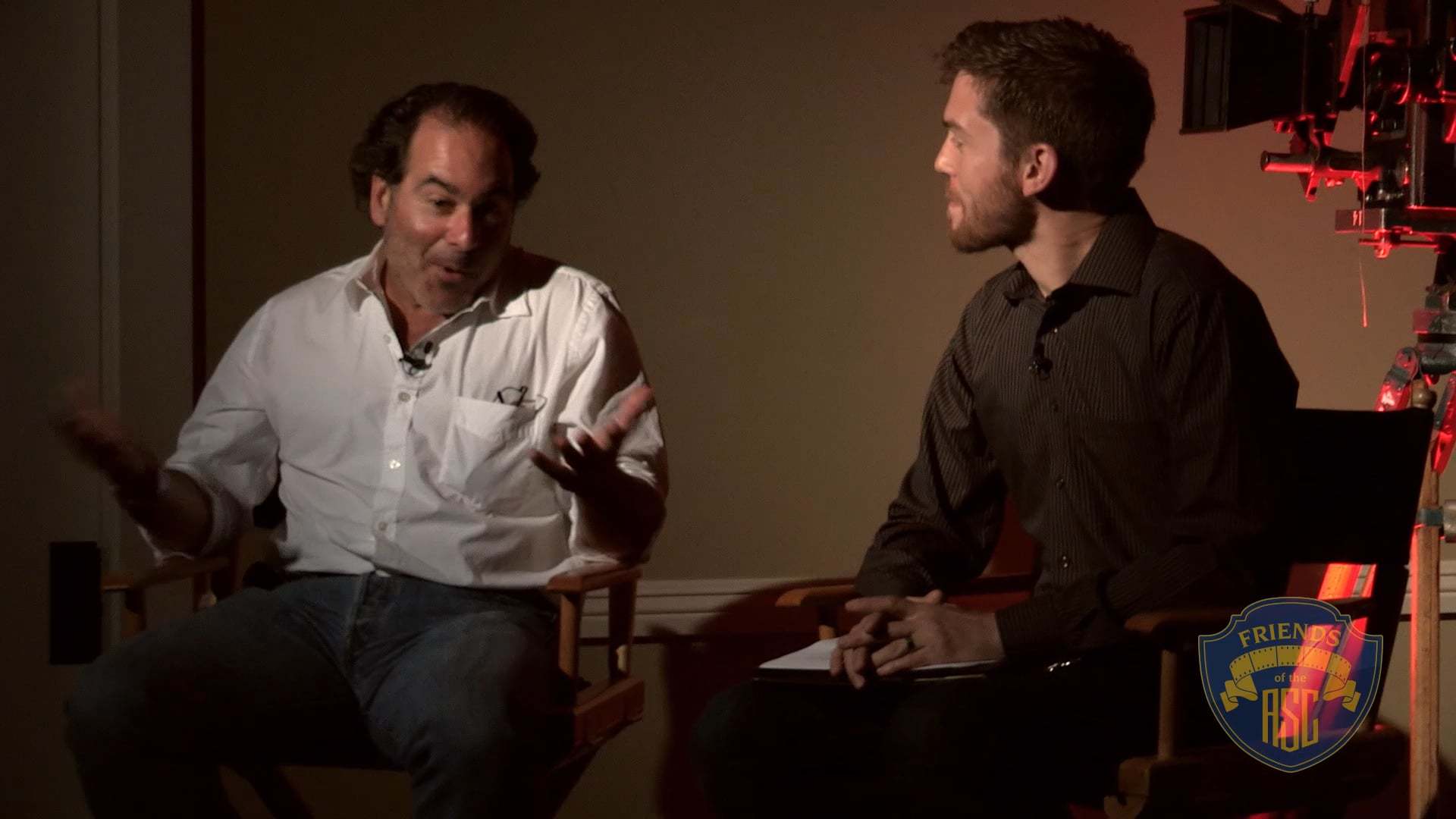
Schwartzman talks about building a diverse body of work and shooting commercials between feature-length projects, traces the defining moments on his path to becoming a cinematographer, discusses his first projects with director Michael Bay, bringing commercial and music-video style to a feature, creating practical effects in-camera, the philosophy of “making it look cool”, and using a specially designed swing-and-tilt anamorphic lens for the film’s post-attack hospital sequence.
He details the logistics of filming horse races, using night-for-day techniques to shoot the crowd in the stands and collaborating with director Gary Ross, talks about his preference for the widescreen aspect ratio and why anamorphic 2.40:1 is an intimate format.
- Shooting a Variety of Projects
- En Route to Cinematography
- Michael Bay
- Seabiscuit
- The Rookie
- Pearl Harbor
- Q&A
John Schwartzman, ASC grew up in Hollywood surrounded by the film industry. He attended the University of Southern California School of Cinema-Television before launching his professional career behind the camera on commercials and music videos. His feature-film credits include Benny & Joon, The Rock, Armageddon, Seabiscuit, National Treasure: Book of Secrets, The Bucket List, Night at the Museum: Battle of the Smithsonian and The Amazing Spider-Man.

